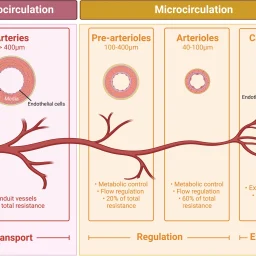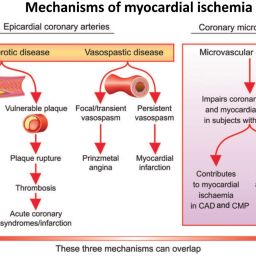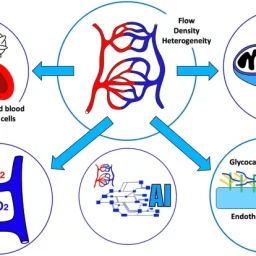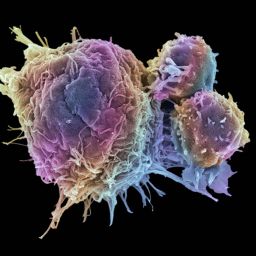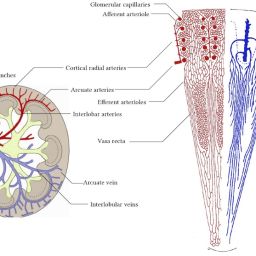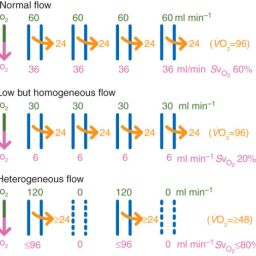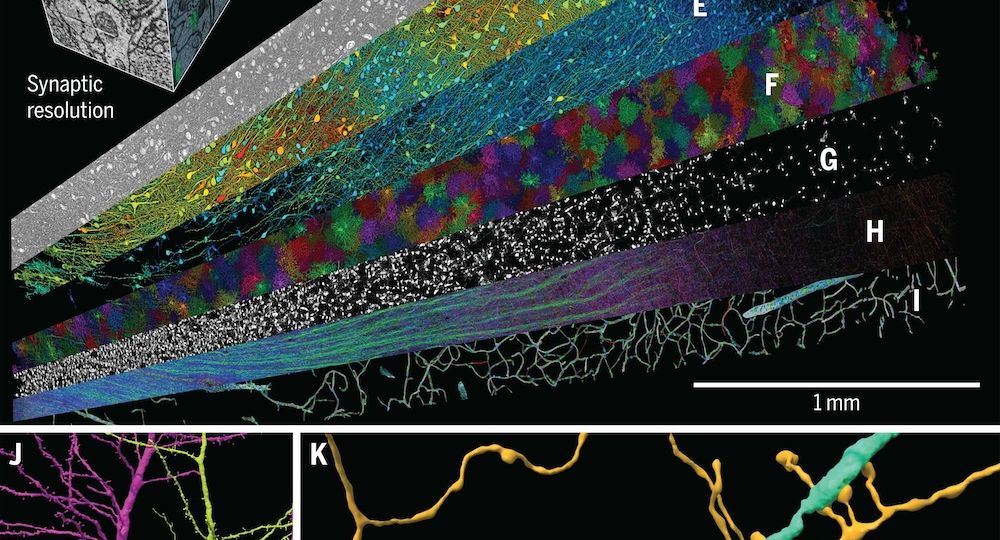
Scientists Map a Cubic Millimeter of the Human Brain in Stunning Detail
A groundbreaking achievement in neuroscience has led to the most detailed 3D reconstruction of a human brain sample ever created.
This monumental project, which maps a space no larger than a grain of sand, provides an unprecedented look at the intricate network
of cells, synapses, and blood vessels that form the basis of human thought and memory.
Summary
Scientists have achieved a monumental feat in neuroscience by reconstructing a cubic millimeter of the human brain in 3D, offering
an unprecedented glimpse into its intricate structure. This nanoscale project, which consumed over 1.4 petabytes of electron microscopy data,
reveals a staggering 57,000 cells, 150 million synapses, and
230 millimeters of blood vessels—all within a space no larger than a grain of sand.
The Harvard-led team’s decade-long effort has resulted in the most detailed brain model to date, down to the synaptic level.
This “connectome” could revolutionize our understanding of brain function and disorders, potentially accelerating advancements
in treating conditions like dementia and mental illness.
The sample, obtained from an epilepsy patient, was meticulously imaged and reconstructed, uncovering new cellular patterns and connections.
Such detailed mapping is a significant step towards the larger goal of replicating an entire mouse brain, and eventually, segments of the human brain.
Details
A map of the entire human brain could help us understand where diseases come from, to how we store memories.
But mapping the brain with today’s technology would take billions of dollars and hundreds of years.
Learn what GR has already revealed about the brain, and how it’s making it easier for scientists to—someday—reach this goal.
See videos below.

